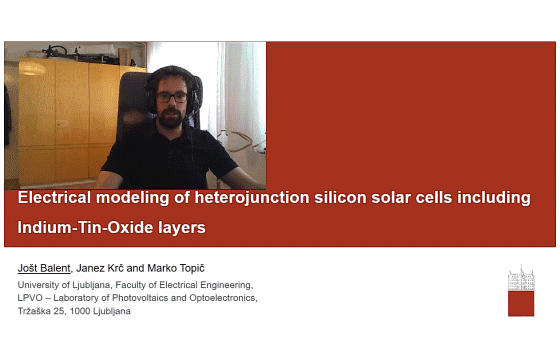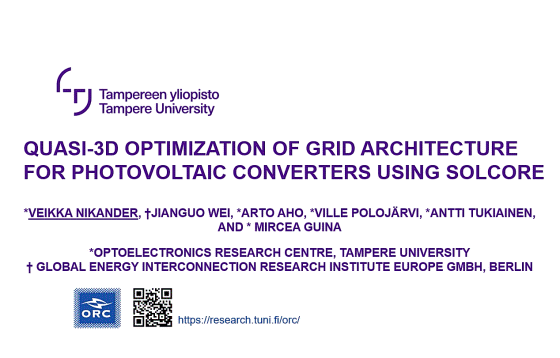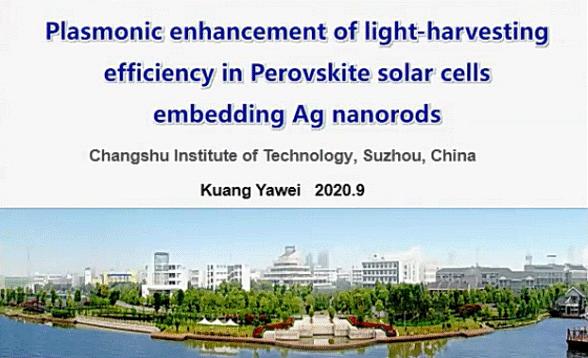SC04–Electro-optical modeling for the design of semitransparent mixed bromide-chloride PSCs
UV-selective absorbing perovskites have attracted significant interest due to their potential applications in innovative fields, such as building integration photovoltaics. This appeal arises from the possibility to tune the bandgap by simply varying their crystal composition. In this work we present electro-optical simulations to study the effect of Cl doping in MAPb(Br1-xClx)3 based semi-transparent solar […]
















